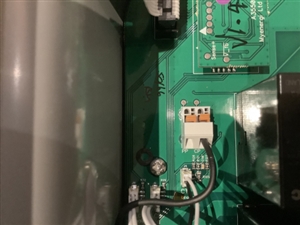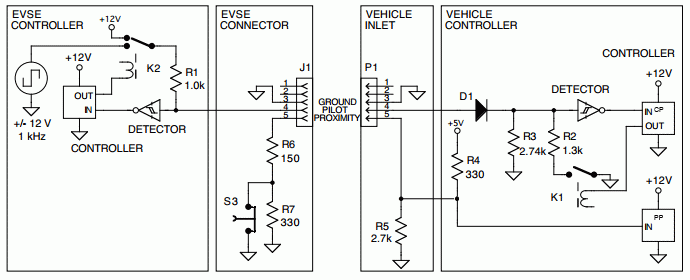

mapj1:
It may be handled in the body of the trailing socket if the lead is captive, and is so it saves a wire in that cable - all it is is a resistor to gnd whose value is switchedsets an upper limit to tell the car how much current it can draw, on a microswitch or a break early pin (S3 here), so the car charger has hopefully seen the resistance rise and stopped taking big amps, before the high current contacts are withdrawn.
EDITED to correct an erroneous explanation
Regards Mike.
Can I get that on a coffee mug?
We're about to take you to the IET registration website. Don't worry though, you'll be sent straight back to the community after completing the registration.
Continue to the IET registration site